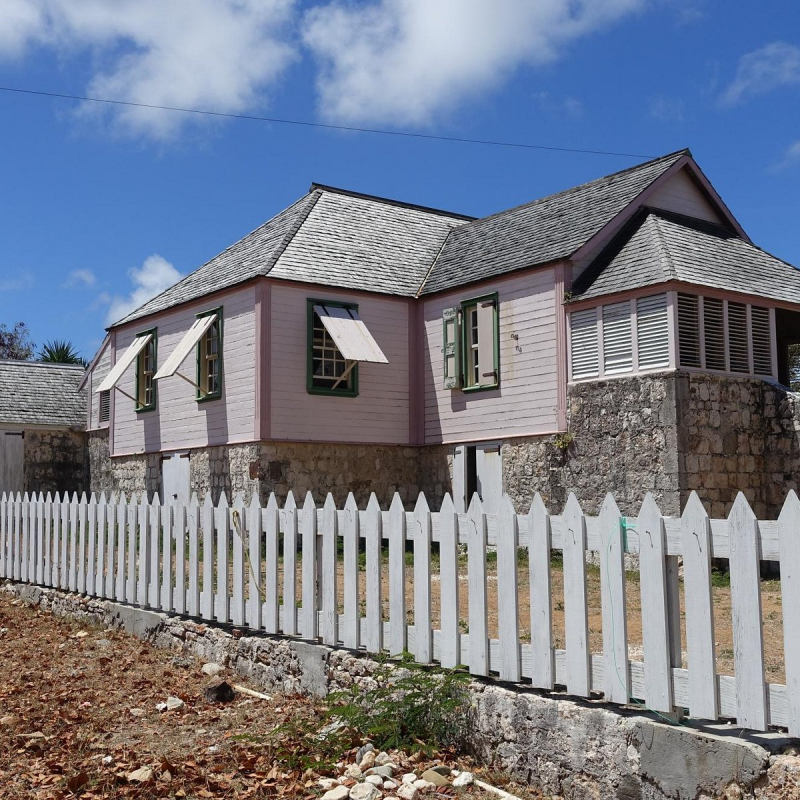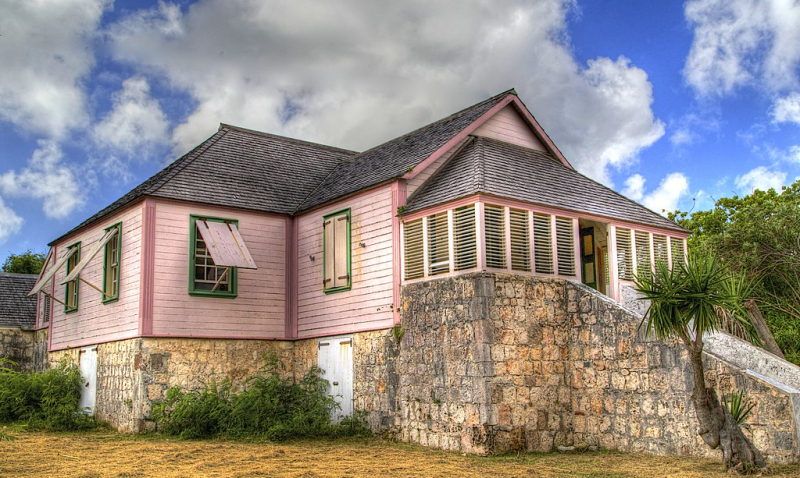Wallblake House
Wallblake House is a history plantation house with a museum annex in The Valley, Anguilla, which is located in the northeastern Caribbean. It is said to be the oldest structure on the island, having been built in 1787 by Will Blake, a sugar grower. Although it was destroyed by the French in the late 1790s, it was reconstructed by the British and is now entirely restored, with its cooking complex, stables, and slave quarters. A nearby church has a stone fascia with open-air side walls and a roof in the shape of a ship's hull.
The name "Wallblake" is most likely a pun on William Blake, a planter who lived at the end of the 18th century. An inscription on an ancient brick in the northern kitchen wing attests to this. The earliest documented historical occurrence at the home was the French invasion of this island by Victor Hugues in 1796, when the Wallblake House witnessed a "crippled Anguillian" known as Hodge seeking refuge in its cellar. He could not, however, elude the French soldiers who apprehended and murdered him.
Wallblake House is one of The Valley's ten heritage residences, which were renovated over a seven-year period and finished in 2004 at a cost of EC$250,000 (about US$92,000). The Catholic Church, as well as numerous local fans and non-governmental organizations, backed the Wallblake Trust. As a result of an agreement between the Wallblake Trust and the Anguilla Heritage Trail, the Heritage Trail Committee has elevated the status of this home. It is the sole remaining plantation home on Anguilla.
Location: The Valley, Anguilla





